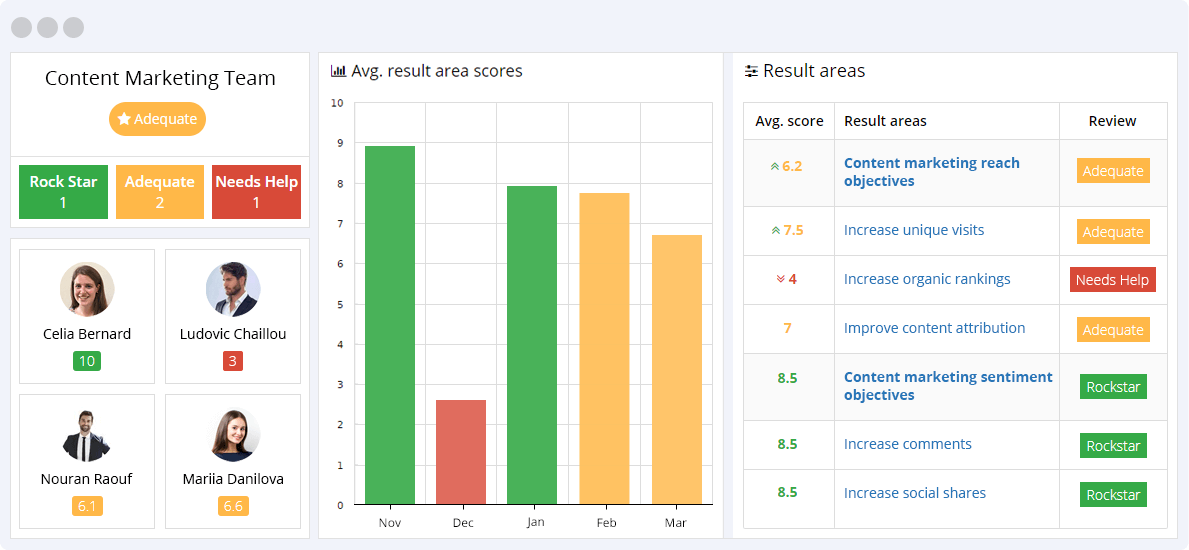Content Marketing KPIs
Content marketing KPIs are measurable performance indicators that track the content marketing team’s ability to create and distribute valuable and engaging content that meets the company’s marketing objectives. These KPIs monitor the effectiveness of the team’s content strategy in increasing brand awareness, driving website traffic, and generating leads and sales. Content marketing is critical for building brand credibility and establishing the company’s authority in its industry, making it a crucial component of any digital marketing strategy. Therefore, tracking and measuring the team’s content marketing KPIs are essential for the company’s success in today’s digital landscape.
